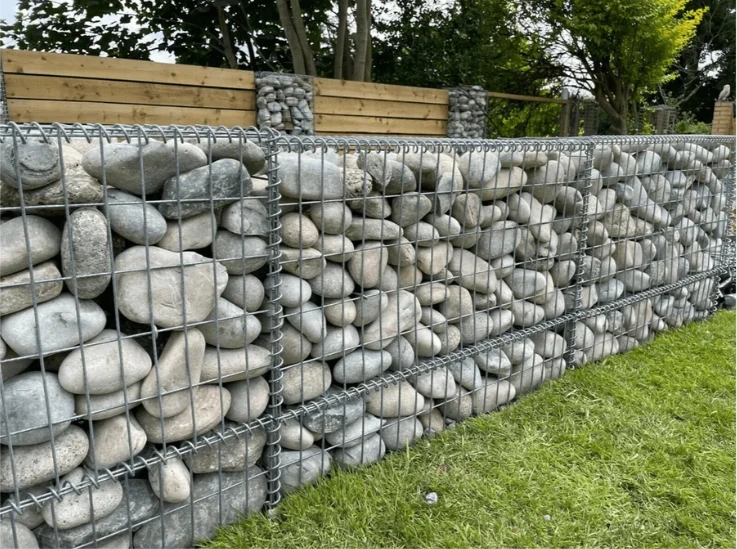Nov . 24, 2024 19:01 Back to list
Hexagonal Wire Mesh Fencing for Enhanced Security and Versatile Applications
The Versatility and Sustainability of Hex Wire Netting
Hex wire netting, also known as hexagonal wire mesh, has gained considerable popularity in various fields, thanks to its unique design and multifunctional applications. Made from high-quality steel or galvanized wire, hex netting is characterized by its hexagonal pattern, which provides a sturdy and flexible solution for a wide range of uses, from agricultural applications to architectural designs.
One of the most notable features of hex wire netting is its durability. The hexagonal mesh is designed to withstand the rigors of outdoor environments, making it ideal for fencing, animal enclosures, and garden applications. When properly installed, the rust-resistant qualities of galvanized wire enhance its lifespan, ensuring that it remains functional and aesthetically pleasing for years to come. Whether used for small-scale gardening projects or large agricultural settings, hex netting proves to be a reliable choice.
In agricultural settings, hex wire netting is frequently used for fencing livestock, protecting crops, and even as trellising for climbing plants. This netting effectively contains animals while allowing for ventilation and visibility. Additionally, its lightweight design makes it easy to work with, allowing farmers to create enclosures and barriers without excessive physical labor. Farmers appreciate hex netting for its ability to protect crops from pests while allowing natural light to reach the plants, thereby fostering growth.
hex wire netting

Moreover, hex wire netting has become an essential component in erosion control and landscaping projects
. Its flexibility allows it to be molded into various shapes, which is particularly useful in creating retaining walls or support structures in gardening and landscaping. When combined with rocks, soil, or vegetation, hexagonal mesh can stabilize sloped terrains, preventing soil erosion and promoting healthy plant growth. This use reflects a broader trend towards sustainable land-use practices, as hex netting minimizes the necessity of synthetic materials.In urban environments, hex wire netting is increasingly adopted in architectural design, showcasing versatility beyond its conventional agricultural applications. Designers utilize the material to create functional and aesthetically appealing elements, such as decorative facades, safety barriers, and even art installations. Its transparent quality allows light to filter in while still providing a sense of enclosure, making it a popular choice for modern architectural projects.
Beyond its functional benefits, hex wire netting also aligns with sustainable practices. Many manufacturers are now focusing on eco-friendly production processes and recyclable materials, promoting a circular economy that reduces waste and environmental impact. With increased awareness of environmental issues, consumers are seeking out products that contribute to sustainability efforts, and hex wire netting fits seamlessly into this demand.
In conclusion, hex wire netting is an incredibly versatile material that transcends traditional applications. Its strength, flexibility, and aesthetic appeal make it a valuable asset in agriculture, landscaping, and architecture alike. As society continues to prioritize sustainability, the demand for eco-friendly materials like hex wire netting is likely to grow. Whether protecting livestock, enhancing landscapes, or adding a modern touch to building designs, hex wire netting showcases how functional materials can also promote responsible practices, making it a cornerstone of both rural and urban innovation.
-
Reinforcing Mesh: Core Material of the Construction Industry
NewsJul.07,2025
-
Welded Wire Fabric Reinvented for Modern Projects
NewsJul.04,2025
-
Superiority of Stainless Steel Woven Mesh
NewsJul.04,2025
-
Key Types of Razor Wire and Their Applications
NewsJul.04,2025
-
Durable Metal Fence Types for Security
NewsJul.04,2025
-
Best Materials for Livestock Fence
NewsJul.04,2025
products.







